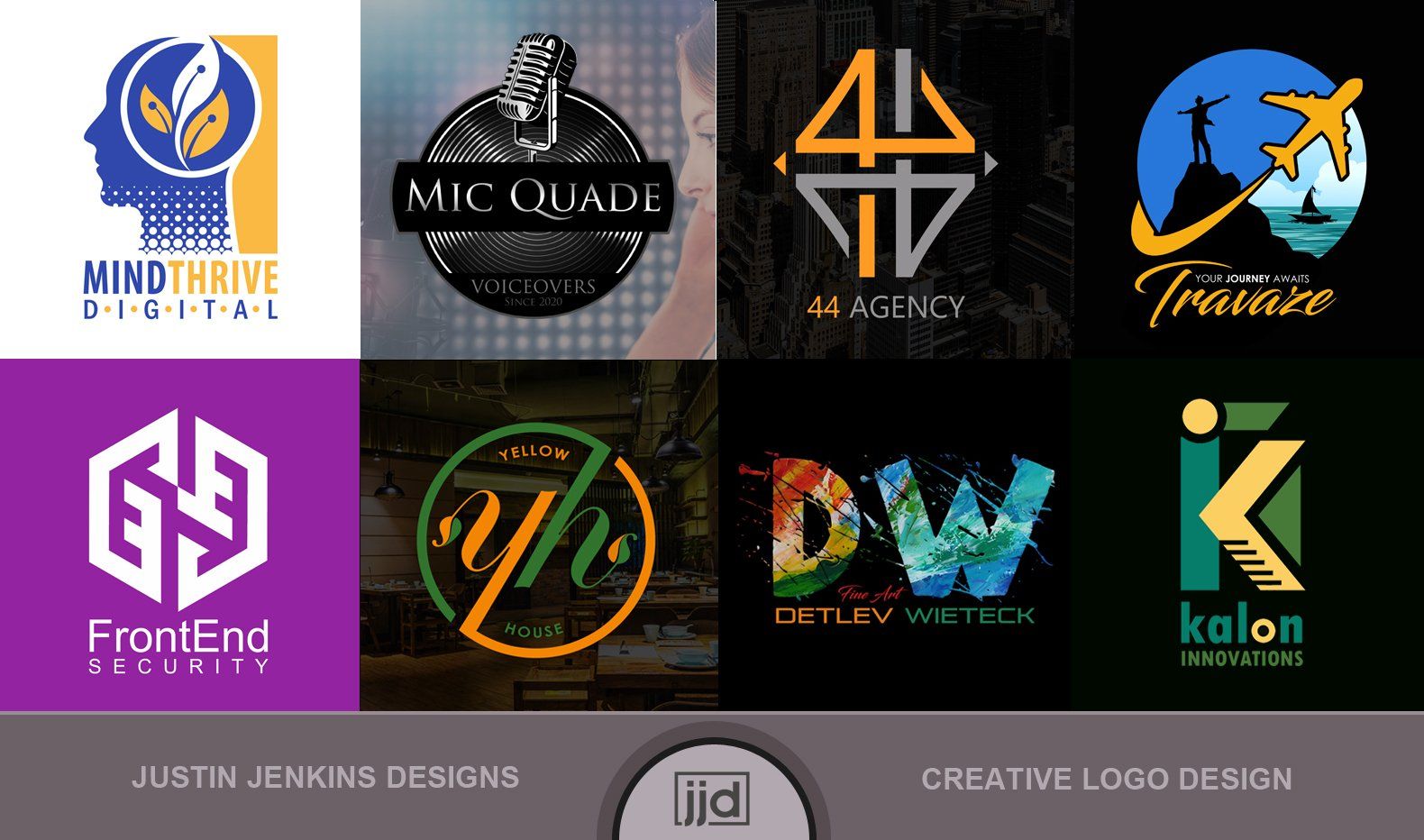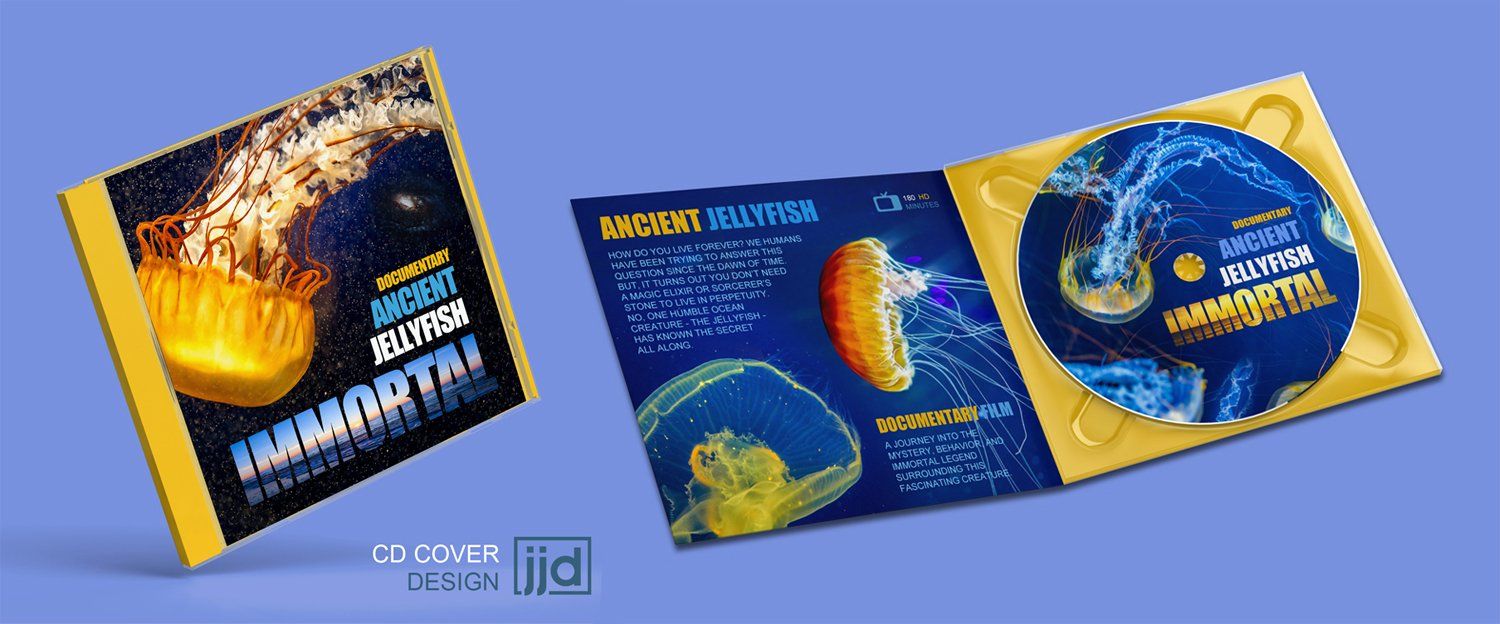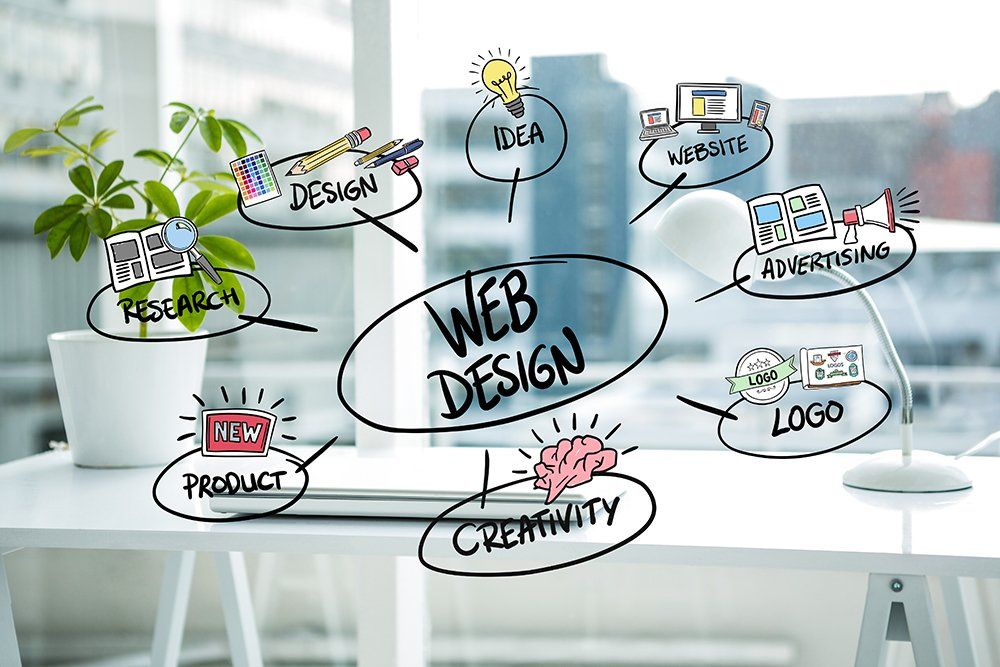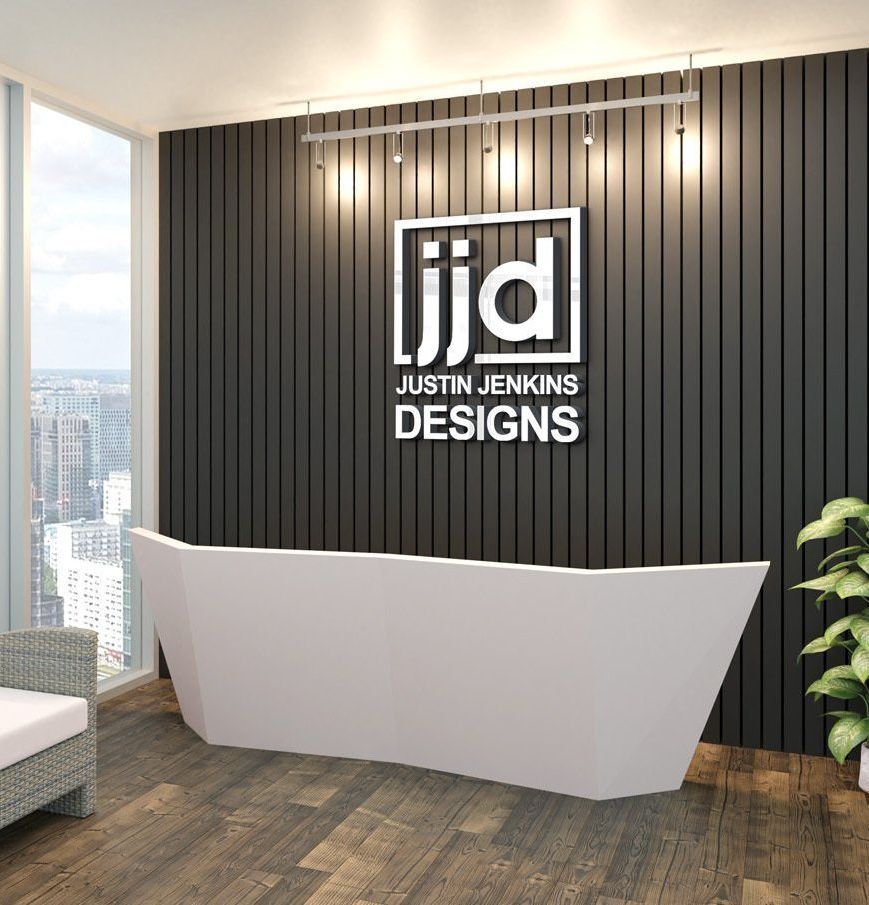



Packaging Design for the upcoming documentary, "IMMORTAL," about the mysterious powers and beauty of Ancient Jellyfish by Justin Jenkins Designs.
What do Jellyfish and Design have in common? Nothing really. But if we look closely at this question, we start to see a correlation between the ancient and mysterious creature and the timeless inspiration that can light a creative fire in any designer. Jellyfish are seen as dangerous creatures of the open oceans, yet they possess an aura of mystery and beauty that captivates us. This extraordinary creature tugs at our curiosity and ignites a whirlwind of creative possibilities. When a designer answers the call to create a branding solution based on this unique creature, one can almost envision the eyebrow raised and wide eyed expression. But it is these unexpected commissions that ultimately keep our creative juices flowing. Exploring a new challenge is what keeps designers alive. Without the infinite invitations into the complexity of our colorful world, the challenge of branding would slowly erode itself into a gray area of monotonous predictability that would leave branding lifeless and powerless. Beauty ignites creativity. There is no shortage beauty and inspiration in the world, and designers are here to capture this power by placing it in the minds of audiences through beautiful and timeless design. Sometimes beauty is awaiting us in the most unsuspecting places.
The anticipation and pursuit of the next design challenge is what keeps our creative juices salivating for more. Like the anticipation of eating a meal after days of being hungry, creativity feeds off our curiosity and passions. It is an exploration into not only ourselves, but the real purpose of our mission and talents. Of course, for designers, the noblest form of service is to give your talents to those who need it and help them bridge the gap between what could be impossible to what is possible. We find this calling in everyday life. Like the inspiration that comes to us in the form of a Jellyfish, the world is always leaving its door open, inviting us to explore and learn from it. It also dares us to share our findings and enhance this beauty through visual power and clarity of the message. Designers have a responsibility as visual leaders to enhance the clients message, and give the subject matter an appeal and clarity that draws a bigger audience in. The design of a logo or packaging can either enhance a business or object, or it can detract it and leave audiences perplexed. Seeking beauty (in simple and complex form), and creating a powerful statement through visual form is the challenge of designers.
The Jellyfish Analogy / Design: The reason for using the analogy of the Jellyfish on creative inspiration is simple. I recently had to design a CD Cover and Jacket (Disc) Design for an upcoming documentary (picture of this up top.) Because of this unique and timeless beauty the Jellyfish possesses, I decided to simply feature amazing photos that worked well with the design and colors. The Jellyfish became the star of the design, and ultimately decided on the color palette of choice. Allowing the power of an object to shine through can be enough. More than enough. In this case, the design grew from the photos.
In conclusion, I'd like to point out that not only do we have to be open to the world to grow as designers, but we also have to nourish our creative hunger, and feed it with lots of curiosity and passion. Never let the passion for creating die or subside. Not every design project will speak to you, nor will you agree with every client on the direction of their design. That's ok. It's part of growing and becoming the best designer you can be. Be open to change, embrace challenges, and seek out inspiration. Most of all, believe in yourself, not what others think or say about you or your work. You're the captain of your ship and you may soon find yourself on a deserted island full of rare inspiration that not many have found. You may even see a beautiful and rare jellyfish washed up on shore, and marvel at it. There is always a great design challenge around the corner awaiting your skills. Keep turning the corners in life, and don't stop. No matter what.
Blog entry by: Design Team Lead Justin Jenkins at Justin Jenkins Designs
Featured image:
"Immortal" Jellyfish CD Packaging Design
Designed by:
Justin Jenkins Designs
justinjenkinsdesigns.net







